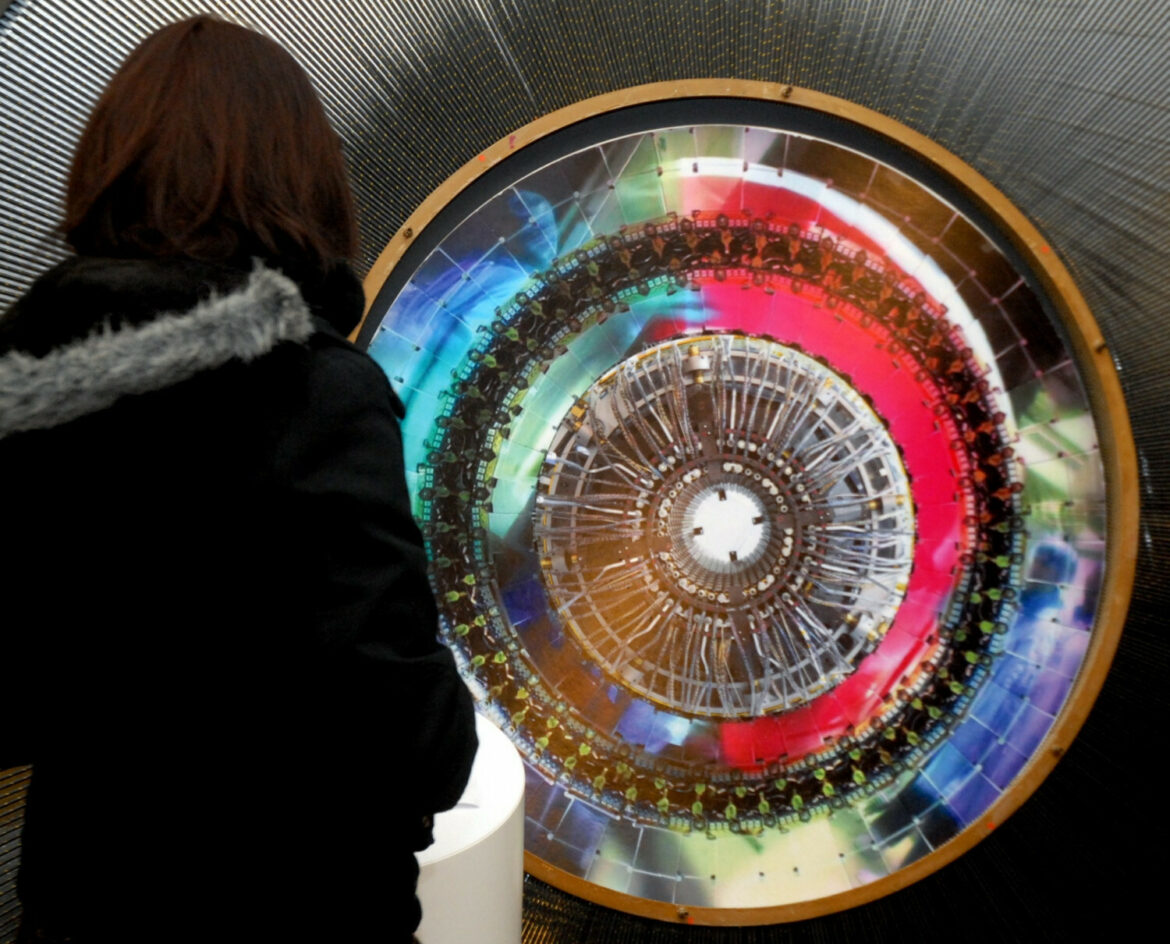The National Center for Nuclear Research (NCBJ) in Poland, the High Energy Accelerator Research Organization (KEK) and the University of Tokyo have signed a memorandum of understanding aimed at promoting the international research project Hyper-Kamiokande. The detector is currently under construction in Kamioka, Hida-city, Gifu Prefecture in Japan and is scheduled to start work in 2027. Ninety countries are interested in participating in this Japanese-led project, and Poland is the first country to sign the Memorandum of Understanding.
To participate in the project, the Polish Hyper-Kamiokande Consortium was organized. It includes nine institutions: Institute of Nuclear Physics of the Polish Academy of Sciences, University of Silesia, National Center for Nuclear Research, Warsaw University of Technology, University of Warsaw, University of Wrocław, AGH University of Science and Technology, University of Jagielloński and the Astronomical Center Nicolaus Copernicus. The consortium is coordinated by NCBJ. The project’s anticipated contributions to the project include the development, production and installation of a linear electron accelerator, composite photodetector modules and electronic circuit modules.
The Hyper-Kamiokande detector is designed to have a total mass eight times that of its predecessor Super-Kamiokande and will be equipped with newly developed high-sensitivity photodetectors. The aim of the project is to explain the Great Unification Theory and provide information on the history of the evolution of the universe by studying proton decay and measuring the effects of CP symmetry breaking (asymmetry between neutrinos and antineutrinos), as well as observing neutrinos from supernova explosions.
The construction budget was approved by the Japanese parliament in February 2020, marking the official start of the project. In May 2021, excavation of the access tunnel to the site of the experiment was completed.
Adrian Andrzejewski





